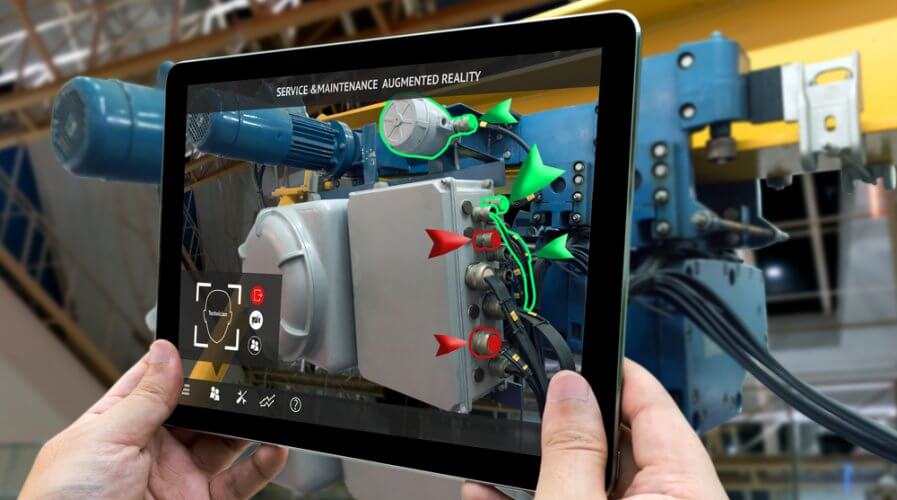
Augmented reality is becomming a household name. Source: Shutterstock
Are businesses beginning to harness augmented reality?
EMERGING technology is hard to understand and harness, but it seems as though augmented reality (AR) is finally making its way into mainstream business and commerce.
Most recently, Apple announced the new Mac Pro with up to 128GB of high bandwidth memory. The computer is so cool that The Verge likened it to a “supercar”.
What many people missed is that the company built into the web page that hosts the product specifications on its website.
While embedding AR into the product page isn’t something innovative in any way, it does point to a new trend — using AR to showcase products more vividly — that might just become incredibly common in the next couple of months or even weeks.
Over the past 12 months or so, companies such as Macy’s and IKEA were experimenting with AR, followed by social media giants such as Facebook and Snapchat.
Now, there are hundreds more that are joining the bandwagon, including Zara, PEZ Play, and Coca-Cola.
According to a new IDC report, AR isn’t just making its way into consumer-facing avenues. Many businesses are also using the technology to make internal operations more efficient and to boost overall productivity.
“Augmented reality is gaining share in the commercial market due to its ability to facilitate tasks, provide access to resources, and solve complex problems,” said IDC Customer Insights & Analysis Research Director Marcus Torchia.
“Industries such as manufacturing, utilities, telecommunications, and logistics are increasingly adopting AR for performing tasks such as assembly, maintenance, and repair.”
Augmented reality is easy to use
What’s so attractive about this technology is that it doesn’t really need any new equipment, gadgets, or hardware. Further, as Apple just showed us, it doesn’t need to be a special app that people download on their mobile devices — it can be a simple object embedded into a webpage.
Given how “cool” this technology is, AR applications often make their way to social media and create a buzz about the brand. Therefore, it’s something that digital marketing executives should also pay heed to.
Finally, many businesses shy away from exploring AR because they believe that the technology is still relatively new and that there’s not enough talent available in the market to create and maintain AR applications.
To be honest, that’s a challenge that will remain, but on the bright side, since AR projects aren’t usually mission-critical, organizations can easily outsource these to agencies or freelance professionals who can help bring in more creativity and deliver excellent quality.
Although many people speak of AR and virtual reality (VR) in the same breath, they’re two very different technologies.
The latter (VR) needs special hardware, which means adoption and uptake among regular consumers will be a tad more difficult. The complexities are further increased by the fact that the most popular VR headsets in the market are also quite an investment by consumer product standards (US$300 approx).
Taken together, IDC forecasts that worldwide spending on AR and VR will reach US$160 billion in 2023, up significantly from the US$16.8 billion expected this year.
While VR is expected to take a larger share of the pie, it doesn’t specifically indicate that the technology will make a bigger impact on businesses in the near-term: from all accounts, AR seems to be winning the popularity contest.
READ MORE
- The criticality of endpoint management in cybersecurity and operations
- Ethical AI: The renewed importance of safeguarding data and customer privacy in Generative AI applications
- How Japan balances AI-driven opportunities with cybersecurity needs
- Deploying SASE: Benchmarking your approach
- Insurance everywhere all at once: the digital transformation of the APAC insurance industry






